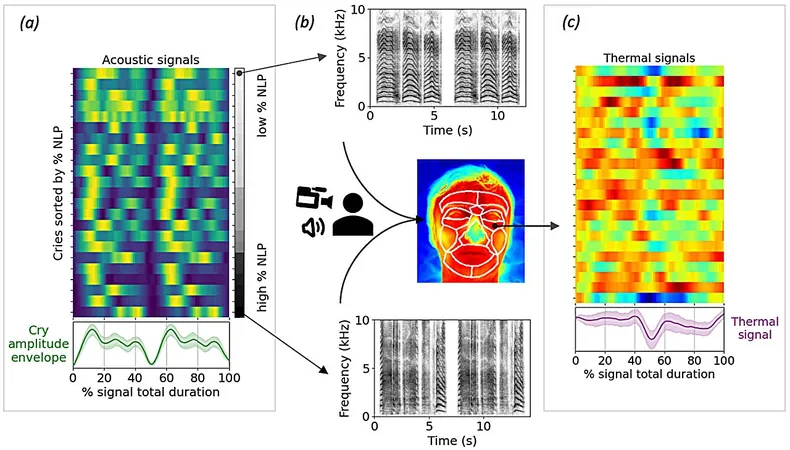
Why Hearing a Baby Cry Can Heat Up Your Face: Surprising Findings Revealed!
2025-09-15
Author: Jacob
Could Baby Cries Be Giving You a Flush?
Ever wondered why the sound of a crying baby stirs something deep inside us? New research has unveiled that this instinctive response isn’t just emotional; it’s physical too! Hearing a baby's cry, especially one tinged with pain, actually causes our faces to heat up!
The Distress Signal of Infants
Babies, unable to articulate their needs, use cries to convey everything from discomfort to a desire for attention. When in distress, they contract their ribcage to expel high-pressure air, leading to chaotic vocal vibrations. This creates what scientists call nonlinear phenomena (NLP)—a unique pattern of sound that communicates urgency.
A Scientific Dive into Baby Cries
In a captivating study, researchers exposed 41 adults—mostly inexperienced in baby care—to 23 different recordings of babies crying. Using a thermal infrared imaging camera, they monitored subtle shifts in the participants' facial temperatures as their autonomic nervous system sprang into action. This system regulates unconscious bodily responses, such as temperature and stress reactions.
The Hot Truth About Your Reactions!
The results were striking: adults’ faces warmed noticeably with the intensity of the baby's cries. The more distressing the sound of the baby, the hotter the listener's face became. Essentially, as the baby's cries ramped up, so did the heat on the face of the observer—across both men and women.
"Our findings indicate that the severity of nonlinear phenomena projected in a baby’s cry influences how our facial temperatures react, regardless of gender," the researchers explained in their study published in the Journal of the Royal Society Interface.
Limitations and Future Research
While these insights are awe-inspiring, the researchers caution that their study's scope was limited. The test subjects were predominantly inexperienced adults, so responses may vary significantly among parents and seasoned caregivers. Moreover, the natural cries used in the study left questions about specific NLPs unanswered.
What Lies Ahead in Understanding Baby Communication?
The implications of this research are vast. Future studies could enhance our understanding of caregiver responses and aid parents struggling to interpret their baby's needs. Imagine refining the way we gauge physical and emotional connections through sound—changing how we support families!
This groundbreaking exploration opens the door to deeper studies on adult reactions to a baby's cries, potentially leading to better support systems for parents and caregivers.


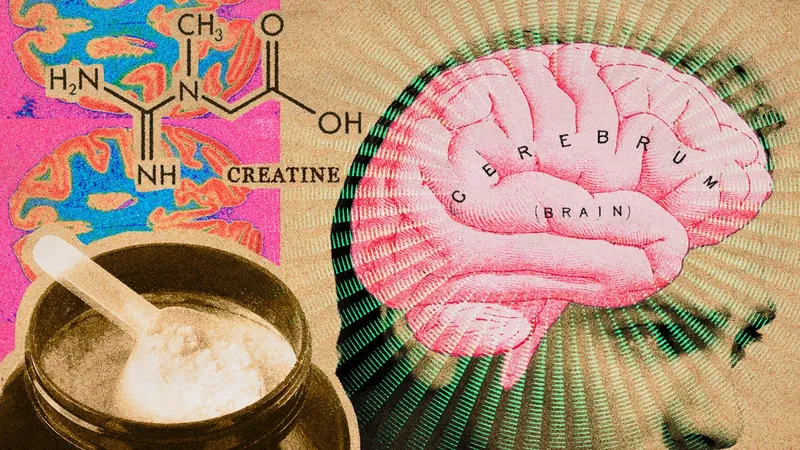



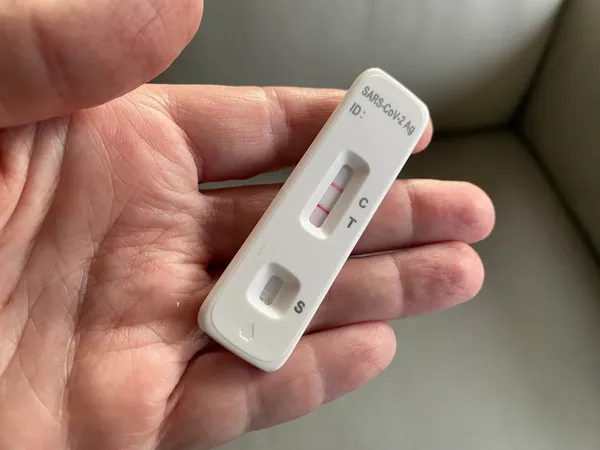
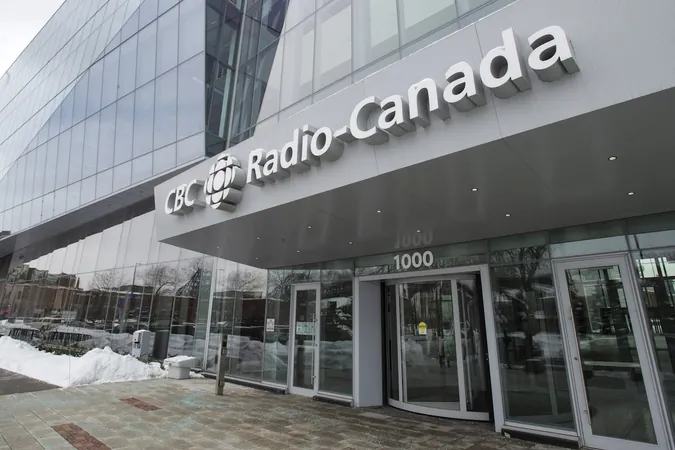
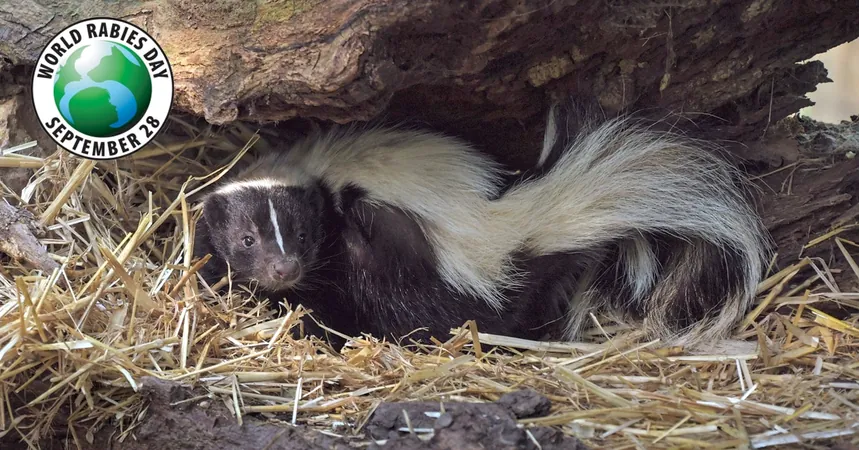
 Brasil (PT)
Brasil (PT)
 Canada (EN)
Canada (EN)
 Chile (ES)
Chile (ES)
 Česko (CS)
Česko (CS)
 대한민국 (KO)
대한민국 (KO)
 España (ES)
España (ES)
 France (FR)
France (FR)
 Hong Kong (EN)
Hong Kong (EN)
 Italia (IT)
Italia (IT)
 日本 (JA)
日本 (JA)
 Magyarország (HU)
Magyarország (HU)
 Norge (NO)
Norge (NO)
 Polska (PL)
Polska (PL)
 Schweiz (DE)
Schweiz (DE)
 Singapore (EN)
Singapore (EN)
 Sverige (SV)
Sverige (SV)
 Suomi (FI)
Suomi (FI)
 Türkiye (TR)
Türkiye (TR)
 الإمارات العربية المتحدة (AR)
الإمارات العربية المتحدة (AR)